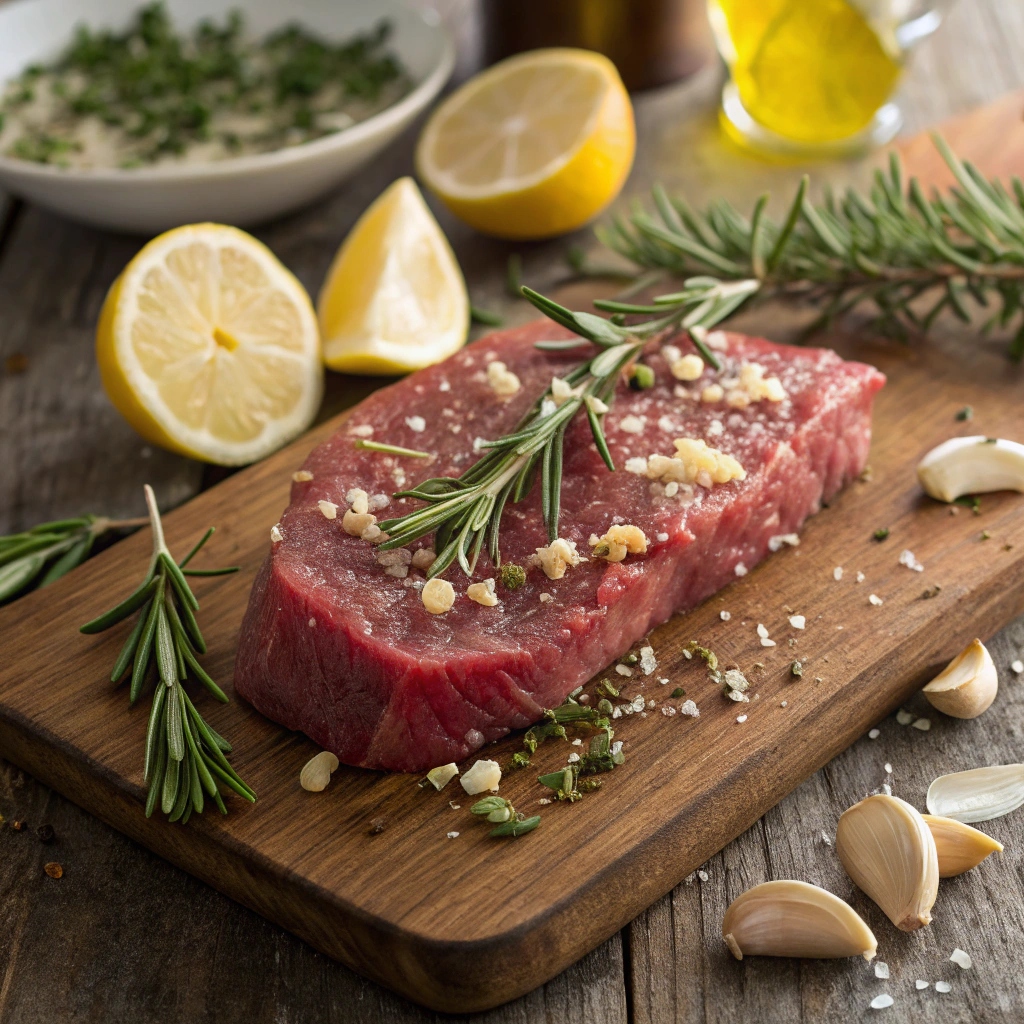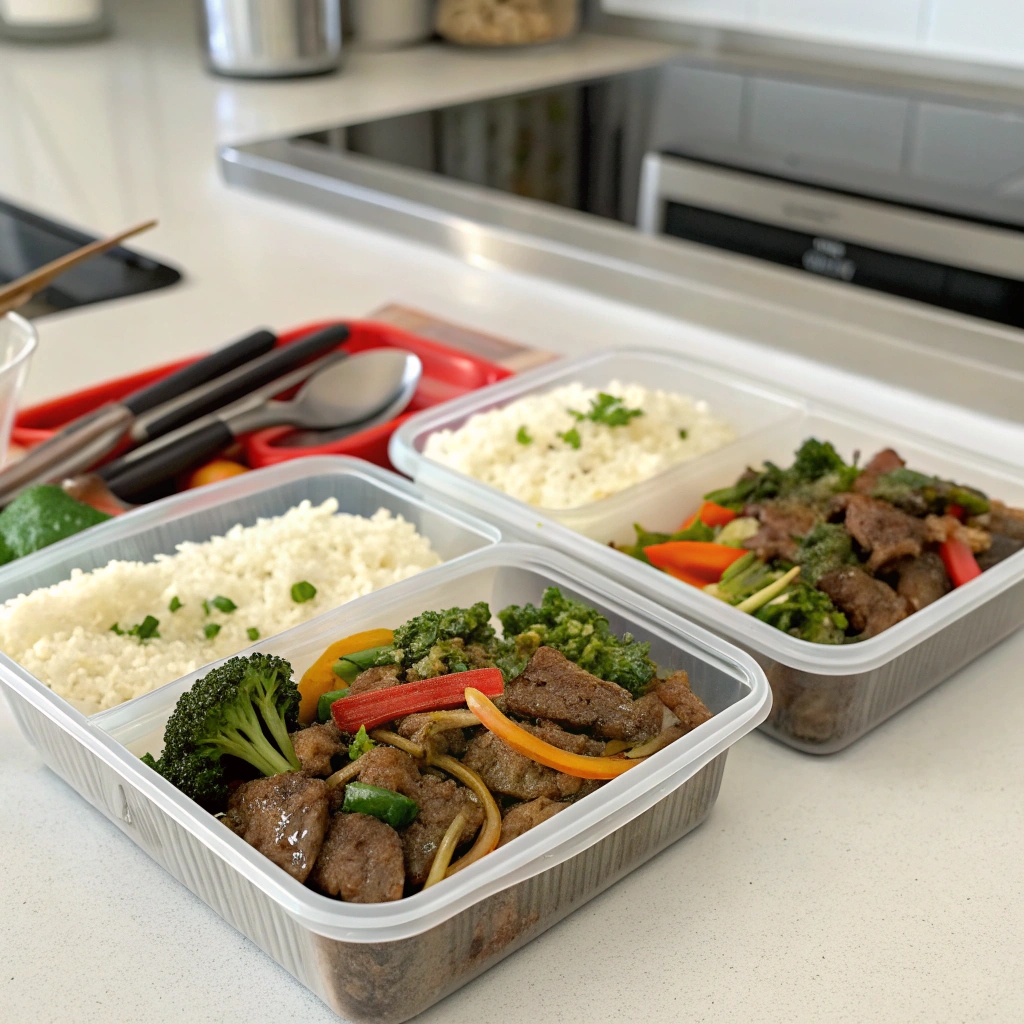When dealing with kidney health, diet becomes a cornerstone of managing the condition effectively. You might wonder, Beef and kidney “Can beef be part of this?” Let’s explore the nuances of kidney diets and where beef fits in. Safe protein for kidney diet
Table of contents
What Is a Kidney Diet?
A kidney diet is specifically designed to reduce the workload on your kidneys. It typically limits nutrients like sodium, potassium, phosphorus, and protein, as these can strain your kidneys. The primary goal? To maintain balance in your body while supporting kidney function.
Why Managing Diet Matters for Kidney Health
Think of your kidneys as a filtration system. When they’re not functioning optimally, certain nutrients and waste can build up in your blood. A tailored diet helps control these levels, ensuring you stay healthy and avoid complications.
Nutritional Profile of Beef
Before we decide whether beef is a yay or nay, let’s examine what makes up this staple protein source.
Key Nutrients in Beef
Beef is rich in high-quality protein, essential amino acids, iron, zinc, and vitamin B12. These nutrients are crucial for building muscle, supporting immunity, and maintaining energy levels. However, certain components—like phosphorus and potassium—may pose challenges for kidney patients.
Potential Benefits of Beef for the Body
Beef is undeniably nutrient-dense. It’s great for muscle repair and growth, making it an excellent option for individuals needing a protein boost. But for those on a kidney diet, moderation is the key.
Can Beef Fit Into a Kidney Diet?
Good news: beef isn’t entirely off-limits for those on a kidney diet! But there are some caveats.
Beef and Protein Limits for Kidney Patients
Protein is a double-edged sword. While it’s essential for your body, consuming too much can overwork your kidneys. For kidney patients, it’s crucial to stick to your doctor’s recommended protein intake, which may be lower than usual.
“Balancing your protein intake is like walking a tightrope—too little can leave you weak, and too much can burden your kidneys.”
Choosing the Right Cuts of Beef
Not all beef is created equal. Opt for lean cuts such as sirloin, tenderloin, or ground beef labeled as 90% lean or higher. These options are lower in fat and phosphorus compared to fattier cuts like ribeye or brisket.
Portion Control: A Key Factor
Portion size is everything. A serving of beef for someone on a kidney diet is typically around 3 ounces—roughly the size of a deck of cards. This helps ensure you get the nutrients without overloading your system.
Common Problems When Eating Beef on a Kidney Diet
While beef can be included, certain challenges might arise. Let’s address these issues.
High Phosphorus and Potassium Levels
Beef contains both phosphorus and potassium, minerals that can accumulate in your blood when your kidneys aren’t working well.
Solution: Opt for fresh, unprocessed beef instead of organ meats or deli cuts, which are often higher in these minerals.
Managing Sodium Intake in Beef Preparations
Sodium is another concern, especially when beef is marinated, cured, or pre-seasoned. Excess sodium can lead to fluid retention and high blood pressure.
Solution: Choose fresh beef and season it yourself with kidney-friendly herbs and spices like garlic, rosemary, or black pepper.
Risk of Overloading Protein
Too much protein can accelerate kidney damage in people with chronic kidney disease (CKD). Balancing beef with other low-protein foods can help mitigate this risk.
Table: Kidney-Friendly Beef Options
| Beef Cut | Phosphorus (mg) | Potassium (mg) | Recommended Serving Size |
|---|---|---|---|
| Sirloin (lean) | 195 | 305 | 3 oz |
| Tenderloin (lean) | 210 | 320 | 3 oz |
| Ground Beef (90%) | 180 | 270 | 3 oz |
Solutions and Tips for Including Beef in a Kidney Diet
Low-Sodium Cooking Methods
Cooking at home gives you control over ingredients. Use fresh garlic, lemon juice, or a dash of olive oil to enhance flavor without added salt.
Pairing Beef with Kidney-Friendly Foods
Balance your plate by pairing beef with low-potassium vegetables like bell peppers, cabbage, or carrots. These add color and nutrition to your meals while keeping them kidney-safe.
Understanding Portion Sizes
It’s all about moderation. Sticking to smaller portions not only helps your kidneys but also ensures you enjoy a variety of foods.
Alternatives to Beef for Kidney Diets
If beef doesn’t always fit your kidney-friendly meal plan, there are plenty of substitutes to consider.
Beef and Kidney-Friendly Protein Options
Proteins like chicken, turkey, or fish can be excellent alternatives. They’re typically lower in phosphorus and potassium compared to beef. For instance, skinless chicken breast is a lean and versatile option that complements most kidney diets.
“Think of chicken and fish as the gentler cousins of beef—they bring flavor and nutrition without overburdening your kidneys.”
Plant-Based Substitutes
For a plant-powered option, consider tofu or lentils (in moderation). While legumes like lentils are higher in potassium, proper portioning can make them a viable choice. Plus, they provide fiber—a nutrient often lacking in traditional kidney diets.
Expert Recommendations on Eating Beef for Kidney Health
Advice from Nutritionists and Doctors
Healthcare professionals often emphasize the importance of working closely with a dietitian. They can help tailor your protein intake and ensure you meet your nutritional needs without stressing your kidneys.
Pro Tip: A dietitian can guide you in swapping high-phosphorus beef cuts with lower-phosphorus alternatives and suggest creative ways to enjoy your meals.
Scientific Studies and Research Insights
Research shows that moderate consumption of high-quality proteins like lean beef can be part of a well-managed kidney diet. However, the key lies in individualizing the diet based on your stage of kidney disease and other health conditions.
Creating a Balanced Kidney Diet Plan
Importance of Meal Planning
Meal planning isn’t just convenient—it’s essential for maintaining a kidney-friendly lifestyle. A structured plan ensures you don’t exceed your daily limits for protein, sodium, or potassium.
“Think of meal planning as setting the GPS for your kidney health journey—it helps you stay on the right track.”
Sample Kidney Diet with Beef Recipes
Here’s a quick example of how to incorporate beef into your kidney-friendly menu:
Breakfast
- Oatmeal with almond milk and fresh blueberries (low in potassium)
Lunch
- Grilled sirloin steak salad with mixed greens, cucumbers, and a homemade lemon vinaigrette
Dinner
- Beef stir-fry with cabbage, carrots, and a low-sodium soy sauce substitute
Snack
- Rice cakes with a small dollop of peanut butter
Table: Sample Low-Sodium Beef Seasoning Ideas
| Ingredient | Flavor Profile | Kidney-Friendly? |
|---|---|---|
| Garlic Powder | Savory, aromatic | ✅ Yes |
| Fresh Lemon Juice | Tangy, bright | ✅ Yes |
| Olive Oil | Rich, smooth | ✅ Yes |
| Paprika | Smoky, sweet | ✅ Yes |
| Black Pepper | Mild spice | ✅ Yes |

Final Thoughts on Eating Beef on a Kidney Diet
While beef can be a part of a kidney diet, the emphasis should always be on balance, moderation, and preparation. Opt for lean cuts, control portion sizes, and pair beef with kidney-friendly sides. Don’t forget to consult your healthcare team to customize your plan for optimal health.
“Remember, it’s not about eliminating—it’s about choosing wisely and preparing carefully.”
Low-Sodium Cooking Methods
When preparing beef for a kidney diet, reducing sodium is paramount. Store-bought marinades and pre-seasoned meats are often sodium-laden culprits, but you can take control in your kitchen.
Kidney-Friendly Seasoning Ideas:
- Garlic and herbs: A blend of fresh or dried garlic, rosemary, thyme, and oregano adds depth without relying on salt.
- Citrus zest and juice: Lemon, lime, or orange zest and juice can brighten up the flavors of beef dishes.
- Low-sodium broth: Use it as a base for stews or braises instead of regular stock.
Cooking Techniques to Try:
- Grilling: Enhances the natural flavors of beef with no need for heavy seasoning.
- Slow cooking: Breaks down tougher cuts, allowing you to infuse kidney-friendly flavors over time.
- Stir-frying: A quick, high-heat method that locks in flavors while pairing beef with low-potassium vegetables.
“Think of these methods as tools in your cooking toolbox—use them to transform basic beef into a kidney-friendly masterpiece!”
Pairing Beef with Kidney-Friendly Foods
A balanced meal is about more than just the main ingredient. Pairing beef with the right sides can make all the difference.
Best Side Dishes for Kidney Diets
- Vegetables: Low-potassium options like bell peppers, zucchini, cabbage, or green beans are ideal.
- Grains: White rice, pasta, or couscous are safe and versatile choices for kidney-friendly meals.
- Salads: Use leafy greens like iceberg lettuce with a simple olive oil and vinegar dressing.
Example Meal Pairing:
Grilled tenderloin steak (3 oz) served with roasted bell peppers and a side of herbed couscous. Add a small bowl of cabbage slaw for extra crunch.
Understanding Portion Sizes
Portion control is the unsung hero of kidney health. Overindulgence can lead to an overload of potassium, phosphorus, and protein, which your kidneys may struggle to manage.
Tips for Managing Portions
- Use a kitchen scale to measure 3-ounce portions of beef.
- Visualize your serving: 3 ounces of beef is about the size of a deck of cards or the palm of your hand.
- Pair smaller portions of beef with larger servings of vegetables and grains to feel full without overloading on protein.
“Portion control isn’t about depriving yourself—it’s about enjoying the right amount and leaving room for variety.”
Common Problems and Solutions When Eating Beef on a Kidney Diet
Problem: High Phosphorus Levels
Phosphorus is naturally present in beef, and excess amounts can lead to complications for kidney patients.
Solution: Choose cuts with lower phosphorus content, like lean sirloin or ground beef. Avoid organ meats like liver, which are especially high in phosphorus.
Problem: Hidden Sodium in Processed Beef
Processed beef products like sausages or deli meats are loaded with sodium, which can spike your blood pressure and cause fluid retention.
Solution: Stick to fresh beef and prepare it at home using kidney-friendly ingredients.
Problem: Overloading on Protein
Eating too much protein can strain the kidneys and lead to a buildup of waste products in the blood.
Solution: Balance your protein intake by including plant-based proteins and ensuring that beef is just one part of your overall meal plan.
A Creative Table for Kidney-Friendly Beef Recipes
| Recipe Name | Ingredients | Nutritional Highlights |
|---|---|---|
| Grilled Sirloin Salad | Sirloin steak, mixed greens, olive oil, lemon juice | High protein, low potassium |
| Beef Stir-Fry | Ground beef, cabbage, carrots, low-sodium soy sauce | Balanced and easy to prepare |
| Slow-Cooked Beef Stew | Lean beef chunks, onions, celery, low-sodium broth | Warm, comforting, and kidney-safe |
Expert Insights: How to Make Beef Work for You
Healthcare providers emphasize balance and customization in kidney diets. Here’s what experts suggest:
- Regular Monitoring: Work with your doctor to check potassium and phosphorus levels regularly.
- Personalized Plans: Consult a dietitian to create a meal plan that fits your health needs and taste preferences.
“When in doubt, seek expert advice. A well-informed choice today can make a world of difference for your kidneys tomorrow.”
More Ideas
Exploring Lean Meat Alternatives
“Leaner proteins like chicken and turkey can be excellent substitutes for beef in a kidney diet. Learn more about what meats are easiest on the kidneys to diversify your meals.”
Spice Up Your Beef with Global Flavors
“Adding spices inspired by international cuisines can transform a basic beef dish into something extraordinary. For creative ideas, explore recipes with spices similar to Baingan Bharta.”
Managing Ground Beef in a Kidney Diet
“Ground beef can fit into a kidney diet when prepared with caution and paired with the right ingredients. For more insights, check out whether ground beef is OK for kidney disease.”
Batch Cooking for Kidney-Friendly Meals
“Batch cooking can help you save time while maintaining a kidney-friendly diet. Consider adapting ideas from this one-skillet cheesy gro

Wrapping Up and Key Takeaways
Can Beef Be Part of a Kidney Diet?
Absolutely! With the right approach, beef can play a role in a kidney-friendly diet. The key lies in balance, preparation, and pairing it with the right foods.
Key Tips for Including Beef Safely
- Focus on Lean Cuts: Opt for sirloin, tenderloin, or 90% lean ground beef to reduce fat, phosphorus, and potassium levels.
- Portion Control: Stick to 3-ounce servings—enough to provide nutrients without overburdening your kidneys.
- Low-Sodium Seasonings: Use garlic, fresh herbs, and citrus juice to enhance flavor without adding salt.
- Pair with Kidney-Friendly Sides: Combine beef with low-potassium vegetables like cabbage or green beans, and include grains like white rice or couscous.
- Consult Your Healthcare Team: Always tailor your diet based on medical advice to ensure it meets your specific health needs.
Common Challenges and Practical Solutions
- Problem: High phosphorus and potassium content in beef.
Solution: Choose lean cuts and limit organ meats like liver. - Problem: Processed beef contains excess sodium.
Solution: Stick to fresh, unseasoned beef and prepare it at home. - Problem: Overloading on protein.
Solution: Balance beef with other protein sources like chicken or plant-based options.
“Remember, it’s not about cutting out beef completely—it’s about making smarter, kidney-friendly choices.”
A Final Thought: Your Kidney-Friendly Journey
Maintaining a kidney-friendly diet doesn’t have to mean giving up on foods you love, like beef. By focusing on portion control, preparation methods, and pairing beef with appropriate sides, you can enjoy a varied and satisfying diet while protecting your kidney health.
For more inspiration, check out recipes and tips like kidney-friendly ground beef meatloaf or explore what meats are easiest on the kidneys to diversify your meal options.
“Your health journey is unique—embrace it with informed choices and delicious, kidney-safe recipes that nourish your body and soul.”
